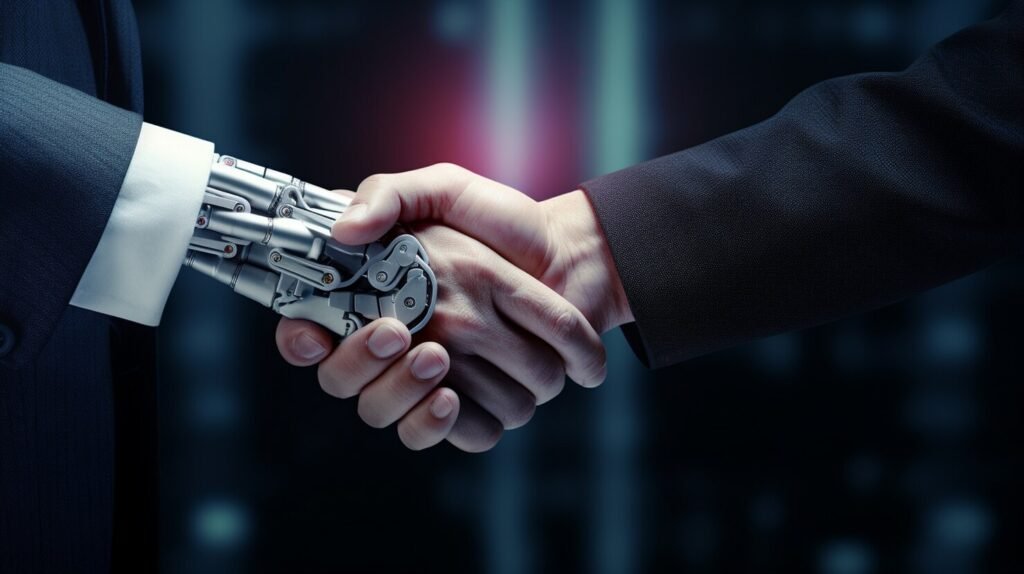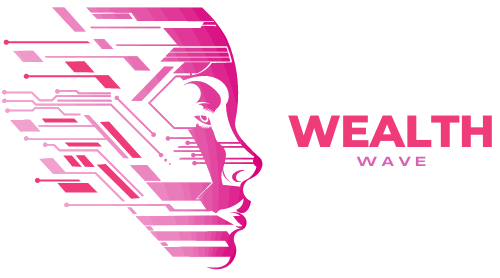Artificial Intelligence has found successful application in medicine, finance, and transport for the last two years. One of the most interesting and debated topics of application is art. Where AI and art come together, the junction provokes a number of interesting questions related to creativity and originality, among many more, regarding the future of artistic expression.
The article speaks about the evolving relationship between AI and art, the potential it holds, and the ethics that go with it.
The Rise of AI in Art
The entry of AI into the art world was through image generation, music, and even poetry. One well-known example of such complicated algorithms, alongside deep learning techniques, is the AI system Generative Adversarial Networks, better known as GANs.
These are two neural networks working in competition with each other to produce at times strikingly realistic images, oftentimes hardly distinguishable from those created by human artists. AI-generated artworks have been accepted for gallery exhibitions, sold at auctions, and have won some prestigious art awards.
AI as a Creative Tool
While providing much additional functionality to the human artist, AI is very much a tool to be used in creative innovation. Artists are using AI to extend their palette and take their art into new realms of expression.
For example, AI makes it possible to mix large volumes of data from historical movements or individual styles into completely new works and, therefore, open totally new innovative possibilities for art while remaining largely rooted in tradition.
This marriage of human creativity with machine intelligence blows open the doors for countless opportunities where artists can seek out styles and concepts previously unimaginable.

AI-generated Art: A New Form of Expression
The existence of AI-generated art challenges traditional notions of authorship and originality. If a machine is capable of churning out a masterpiece, who then should be called an artist? Who is the artist—the programmer who designs the AI, the AI itself, or the person who makes a selection and edits its output?
These questions lie at the heart of the debate raging around the role of AI in art. While there are many who judge AI-generated art as bereft of emotional depth and intentionality compared to art created by a human, others consider it a new, exciting form of expression reflecting the digital age.
The Role of AI in Enhancing Creativity
AI is capable not only of creating art but also enhancing the creative process. Tools like DeepArt, Prisma, and RunwayML let artists create AI-driven effects for their work, transforming photos into paintings or making new textures, composing music, or doing anything else.
These tools democratize creativity, opening it up to people lacking traditional artistic skills. It enables completely new waves of artists who can merge technology with conventional artistic practices, thus increasing human creativity.
Collaboration of Humans with AI
The most exciting potential of AI in art lies in collaboration between humans and machines. In such scenarios, artists can use AI to explore new ideas, generate inspiration, and create works that would be very difficult or impossible to achieve alone. This can make the boundary between creator and tool quite blurry, therefore creating truly innovative works that mirror both human imagination and the precision of a machine.
In this changing AI, such collaborations are only bound to get more advanced and complicated, as reflected in the outputted art.

Ethical Considerations and the Future of AI in Art
Although AI in Art presents some exciting possibilities, it also opens up some pressing ethical questions. The most obvious issues that then transpire are those of copyright, ownership, and devaluation of human creativity.
At stake is also the value that a person ascribes to an AI work in comparison to a human artist’s. With the strong and increasing presence of AI in the art world, clear guidelines and ethical standards will be necessary to navigate these challenges.
The Effect on the Art Market
With the invention of AI-generated art, it has already begun to disrupt the traditional art market. For example, an AI-created artwork titled “Portrait of Edmond de Belamy” sold at auction in 2018 for more than $432,000, which could be a watershed moment in the perception and price assessment for AI art.
As more AI works hit the market, there will probably have to be some sort of reassessment as to what art is and how much it should cost. This could mean more acceptance of AI as a legitimate medium of artistic expression.
The Future of AI and Art
The future of AI and art seems bright but indefinite. Most probably, the role of AI in the art world will increase with technological advancement, and new forms of artistic expression and collaboration will come before us.
At the same time, though, it will be very important to reflect on the ethics regarding AI in art so that the integration of technology raises, not lessens, the value attributed to human creativity.
Conclusion:
AI has been changing the very deep ways in which arts are perceived today, mainly through changes in the scope of creativity, authorship, and originality. On one hand, AI art raises a number of pressing ethical concerns, yet on the other, it opens wide opportunities for innovation and collaboration.
With time, this relationship between AI and art will go on evolving to set the future of artistic expression in ways that can only be imagined.






